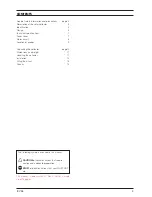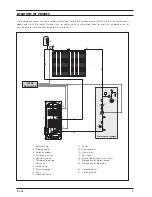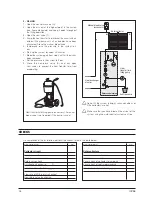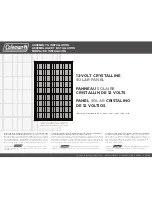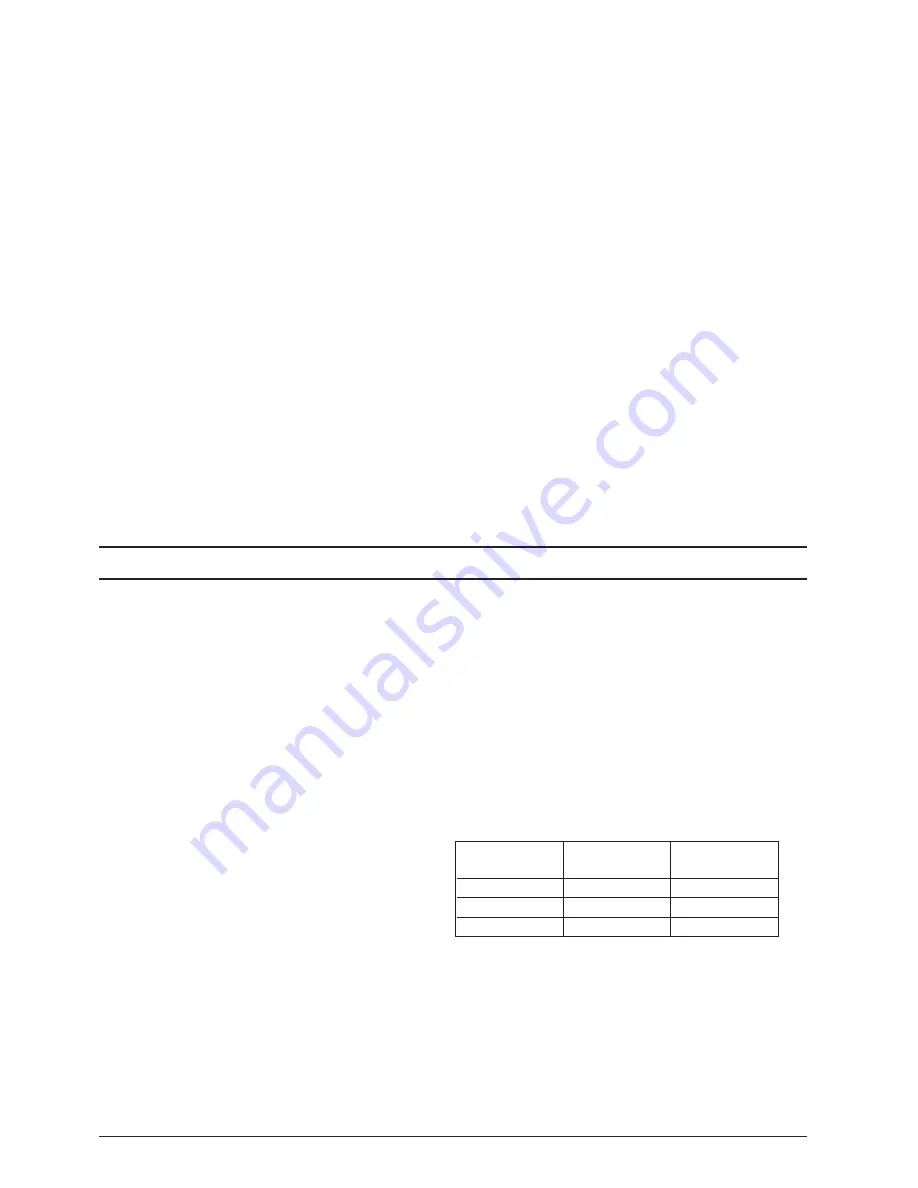
ICV08
13
FILLING THE CIRCUIT
Bleeding
Bleed the circuit:
- On start-up (after initial filling) (see the figure on page
10).
- Whenever necessary, as in the event of system
malfunctioning.
Make quite sure that all air has been bled out of the
system.
b
Risk of burns from hot fluid inside the collectors!
b
Only open the vent valve if the temperature of the
fluid in the circuit is below 60°C.
Make sure that the collectors are not hot before
you start bleeding the circuit. Always cover the
solar collectors before bleeding the circuit. Always
perform bleeding in the morning.
Checking the heat transfer liquid
Check the anti-freeze effect and the pH level of the heat
transfer liquid every 2 years.
- Use an instrument like a refractometer or densimeter
to check the anti-freeze effect (which must have a
nominal protection value of approx. -30°C). If the
protection threshold is higher than -26°C, replace the
mix, or add anti-freeze as required.
- Use litmus paper to check the pH (nominal value
approx. 7.5). If the measured value is below 7, change
the mix.
Perform the following steps before starting up the system.
1 - FLUSHING AND SEAL TESTING THE SYSTEM
If copper piping has been used and joints have been hot brazed, flush out the system to remove any brazing residues.
Seal test the system after you have flushed it out.
b
Fill the solar collector with glycol/water mix immediately after flushing it out, because flushing water may remain
trapped in the circuit (with a consequent risk of freezing).
2 - PREMIXING WATER + GLYCOL
Glycol anti-freeze is supplied separately in standard
volumes and must be premixed with water in a suitable
container before being used to fill the system. For
example, a mix of 40% glycol and 60% water provides
anti-freeze protection down to a temperature of -21°C.
b
The propylene glycol supplied is specially
formulated for solar collector applications and
remains fully efficient throughout the -32 to +180°C
temperature range.
I t i s a l s o n o n - t o x i c , b i o d e g r a d a b l e a n d
biocompatible.
b
Do NOT part fill the circuit with pure glycol then
add water later.
b
Do not use automatic or manual filling systems.
b
If the water supply is highly chlorinated, use distilled
water to prepare the glycol/water mix.
Anti-freeze
50%
40%
30%
-32°C
-21°C
-13°C
1,045 kg/dm
3
1,037 kg/dm
3
1,029 kg/dm
3
Temperature
Density
Summary of Contents for ZENITH INSET
Page 15: ......



